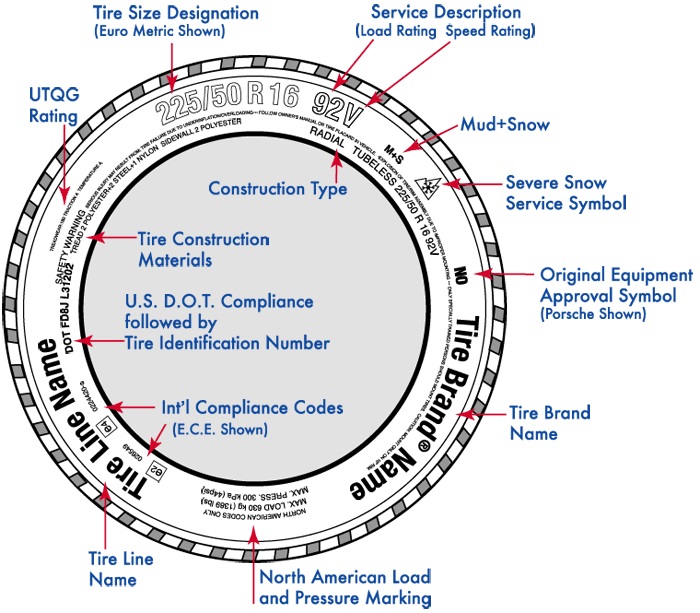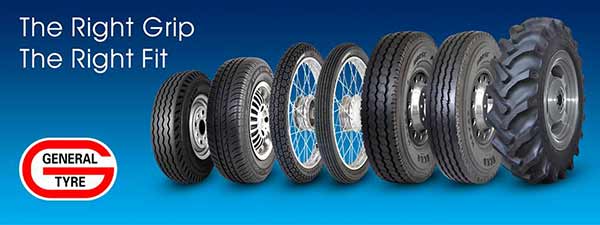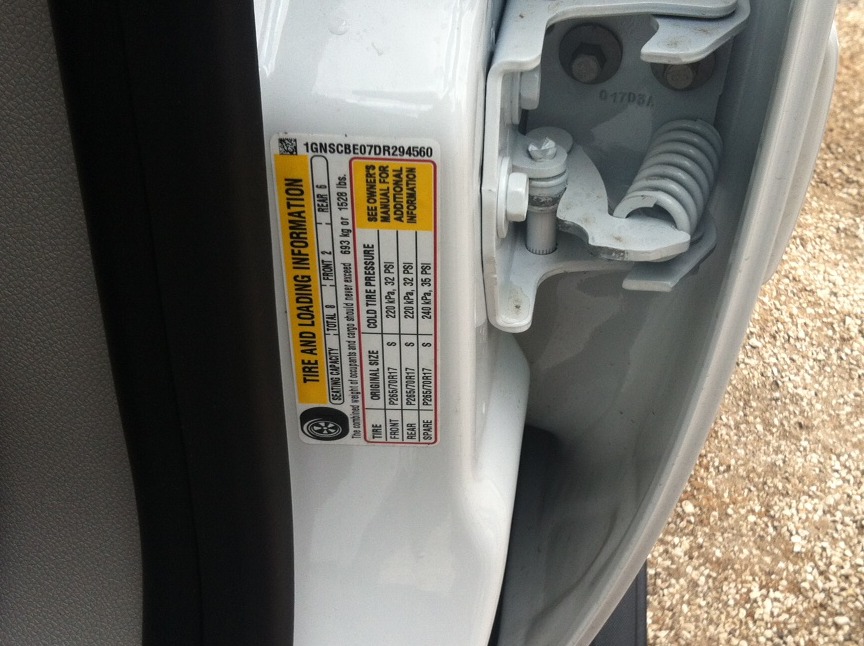Car Tyre Pressure Guide – How Much Should it Exactly Be!
A lot of drivers are curious to know about the ideal tyre pressure for their cars. People wonder if they should inflate their tyres according to the maximum PSI (pound per square inch) listed on the side wall of the tyre. It should be noted that the maximum pressure is not the right tyre pressure for your car’s tyres. Having the right tyre pressure increases the tyre’s life, improves fuel efficiency and ensures safe drive.

Maximum tyre pressure:
If you have noticed, tyres have their maximum pressure written on the sidewalls. Almost all tyres have words like “Max.press. 35. PSI” written on them. This basically tells us the maximum cold pressure the tyres need, in order to carry the car’s maximum load. “Cold pressure” basically means, filling up the tyres when they are cold. The ideal time to fill up the tyres is in the morning or after giving the tyres sufficient time to cool down after being driven. The maximum tyre pressure is usually between 30 and 32 PSI.

What happens if you inflate your tires to the max PSI?
The handling characteristics change: Cars that have their tyres inflated to the max PSI usually have the risk of losing control around the corners. A quick corner might result in the back end of the car sliding out.
The life of the tires decreases: When you inflate your car’s tyres too much, the rubber at the top of the tyre begins to quickly wear out. Traction is also reduced and there is a greater risk of the tyres blowing out.

What’s the recommended tyre pressure?
Most of the cars have their recommended tyre pressure mentioned on a sticker alongside doors (or boot) and in the owner’s manual. Some cars have this sticker on the fuel door as well.

The recommended tyre pressure is between 30 and 35 PSI. This number is the ideal air pressure that is needed to support the vehicle’s maximum load- carrying capacity. Going lower than this will result in poor fuel economy and will cause the tyres to wear off before time.


Can anyone explain why many people keep a low pressure in the front tyres as opposed to in the rear tyres? Like for say 28-30psi (front-rear). Why is that a trend, is it correct? I keep equal pressure in all fours
Front 28-30 back .This trend is only applicable to long journeys and on motorway,because of frequent high speeds and braking tire gets hot,especially the front ones because front tires do the maximum braking,as the tire gets hot, gases(air in this case) expands (simple science :P) so we give 2 psi cushion to the front tires so it doesn’t bursts.
ahan but unequal tyre pressure se braking aur grip me farq nai aega? manufacturers list the pressure as equal in all fours then?
What happens if we drive the car usually on 20 to 26 psi ?
Car is usually in garage so psi in tyres is reduced to low pressures and tyre shop is far so have to drive on low pressure frequently.